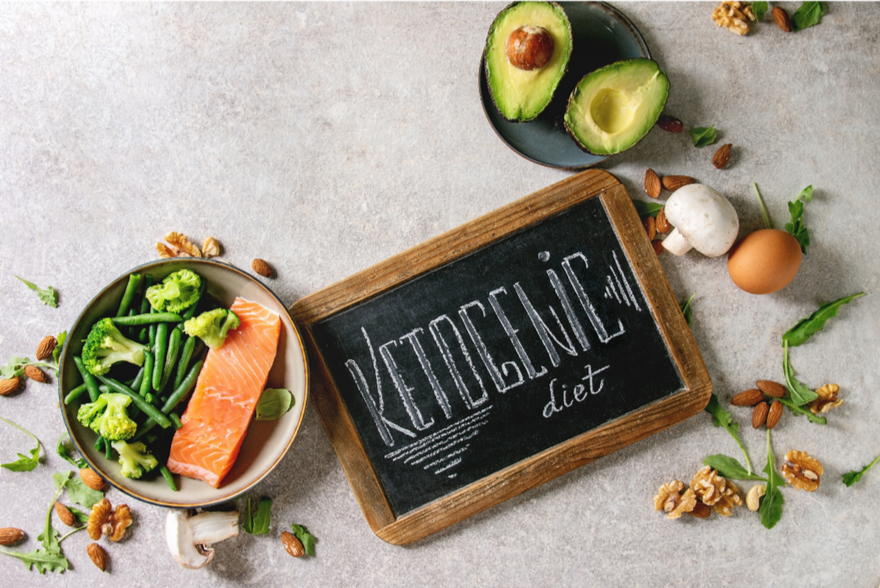Squash: From Centerpieces & Stoops to Mouthwatering Soups
- Allison Mader
- Sep 27, 2023
- 4 min read

We know - they’re intimidating. The mounds of colorful, tough-skinned squash and gourds arranged in giant boxes outside the grocery doors compared to their more approachable, thin-skinned cousins nestle in their cozy produce-aisle beds (aka… zucchini and summer squash). There’s no doubt that members of the Cucurbitaceae family, notably pumpkins, gourds, and winter squash, are beautiful, if not interesting, ornamental works of Mother Nature. But it seems that many are destined to be arranged in a cornucopia in the center of the dining room table, intentionally scattered on a mantle, or stacked on the front stoop of every suburban home from end of September through November.
Underneath their colorful, sometimes rough, exteriors though, is nutrient-dense flesh that does really well in soups – it's just the right amount of starch to yield a creamy texture. Of course, straight up baking or roasting your squash is always an option. Many varieties have edible skins and do not even need to be peeled.
Butternut
Though most popular in the cool autumn months, butternut squash is available year-round and is a versatile ingredient that can be used in sweet and savory dishes alike. Butternut squash is loaded with vitamin A, and vitamin C (which are great for your skin and immune system) – plus it’s got fiber, potassium, magnesium, and manganese, and antioxidants. We love that butternut squash is super versatile! You can roast it, mash it, purée it, soup it, stuff it - the possibilities are endless!
Cut it in half, scoop out the seeds (don't toss 'em!) -rinse them, season them with your favorite spices (hello, cinnamon and paprika!), and roast them for a crunchy, nutritious snack.
Feeling unsure on how to approach this beauty…follow along with our video How to Chop Butternut Squash to discover the safest techniques for peeling, seeding, and dicing this delicious gourd.
Kabocha
Also known as Japanese pumpkin, kabocha squash has green skin, orange flesh, and a shape similar to pumpkin. The flesh is super sweet when cooked and is rich in beta-carotene - 1 cup has more than 200% DV of vitamin A! Before preparing for cooking, place whole squash in a 350°F oven for about 20 minutes to soften the skin – it will make cutting, peeling, and chopping an easier and much safer experience. Try using kabocha in place of the butternut squash in your favorite soup.
Acorn
Acorn squash varies in color from dark green to tie-dyed green with orange shades. The flesh is less sweet than kabocha and is more yellow than orange. Just one cup provides more than 25% DV of vitamin C. You can soften the squash if needed by heating in the oven, although it is small enough that this may not be needed. Trim the top from each squash, invert on the cutting board, and slice from bottom to top to create two halves. Remove seeds. You can bake the halves with a drizzle of olive oil and a touch of maple syrup for 30 minutes at 350°F – an excellent side dish. You can also slice into half-moons to prepare for roasting.
Sugar Pumpkin
Sugar pumpkins look a lot like carving pumpkins so be sure to select those marked especially for cooking. They are sweeter than those cultivated for jack-o-lantern displays. The best way to cook the flesh is to roast the entire pumpkin – this allows the flesh to remain moist and helps the sugars to develop. Remove stem from pumpkin, rinse, and make several slits through the skin with a sharp knife. Bake at 350°F for about an hour. Remove from the oven and let sit until cooled. Cut the top portion off [around where the stem would be], remove seeds, and scoop out flesh. We’ve been known to add pumpkin to our hummus and stir into our yogurt. Of course, you can always use it for baking!
Delicata
Probably on the top of our list for ease of preparation! Delicata squash has a mild, nutty flavor, firm flesh, and thin edible skin. Preparing this variety could not be simpler: rinse, cut in half, remove seeds, slice into half-moons, toss with some olive oil and salt and bake at 350°F for about 20 minutes until browned. Delicious enough to eat on their own as a fiber-rich snack! Always a crowd favorite, Thyme Roasted Delicata Squash.
Click the recipe card to download and print to keep on hand!
The mushy insides…food companies have made it their business to repurpose this compost-worthy waste into delicious edible snacks – but you can do this too! Rinse any remaining flesh from seeds and lay out on paper towels to dry. For savory, toss with a bit of olive oil, seasoning of choice, and salt and pepper to taste. For sweet, toss with a bit of melted coconut oil, a touch of maple syrup, cinnamon or other spice, and a pinch of salt. Sweet and savory - why not! All combinations are on the table, including adding a little kick with some cayenne pepper. Roast seeds on a parchment-lined baking sheet at 350°F for about 10-15 minutes or until lightly browned. Enjoy as a snack or topping for salads, yogurt, oatmeal, or chia pudding.
What's your favorite way to enjoy this seasonal gem? Stay in touch and share your kitchen creations!
Want more confidence in the kitchen? Check out our cooking classes! We offer group and pirvate classes to learn new skills and techniques and prepare delicous dishes made from fresh, whole foods.







Comments